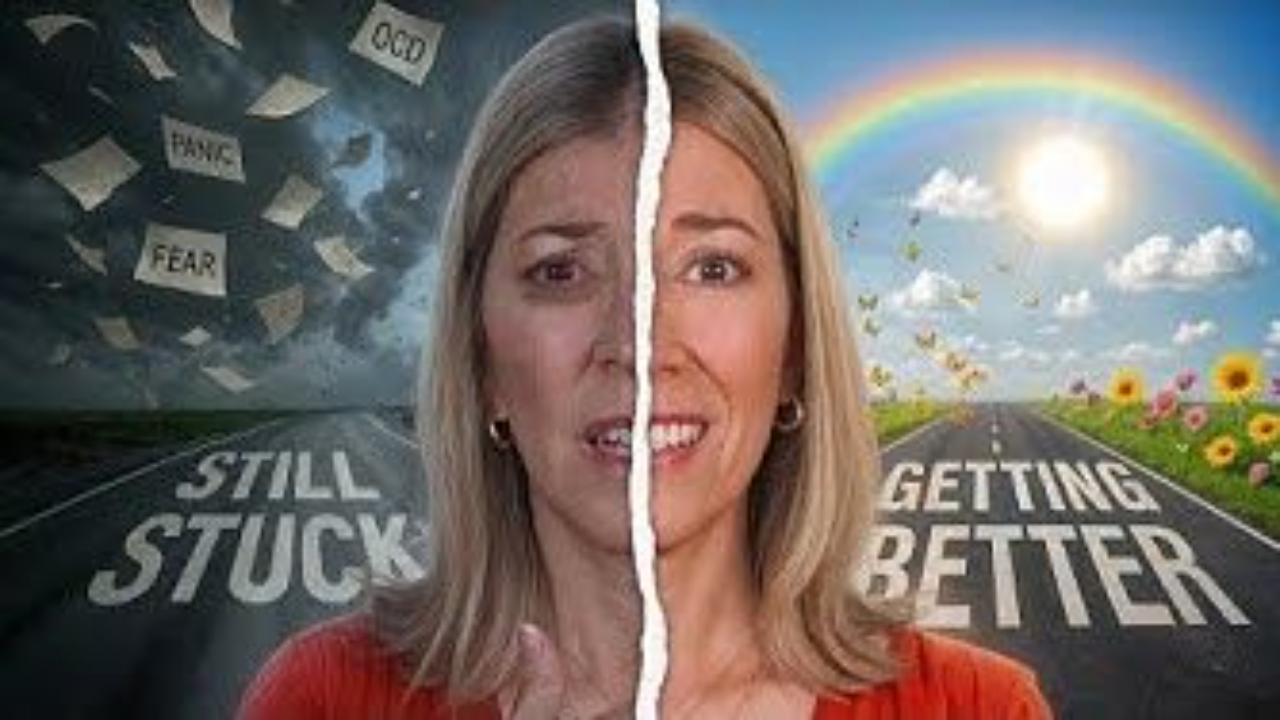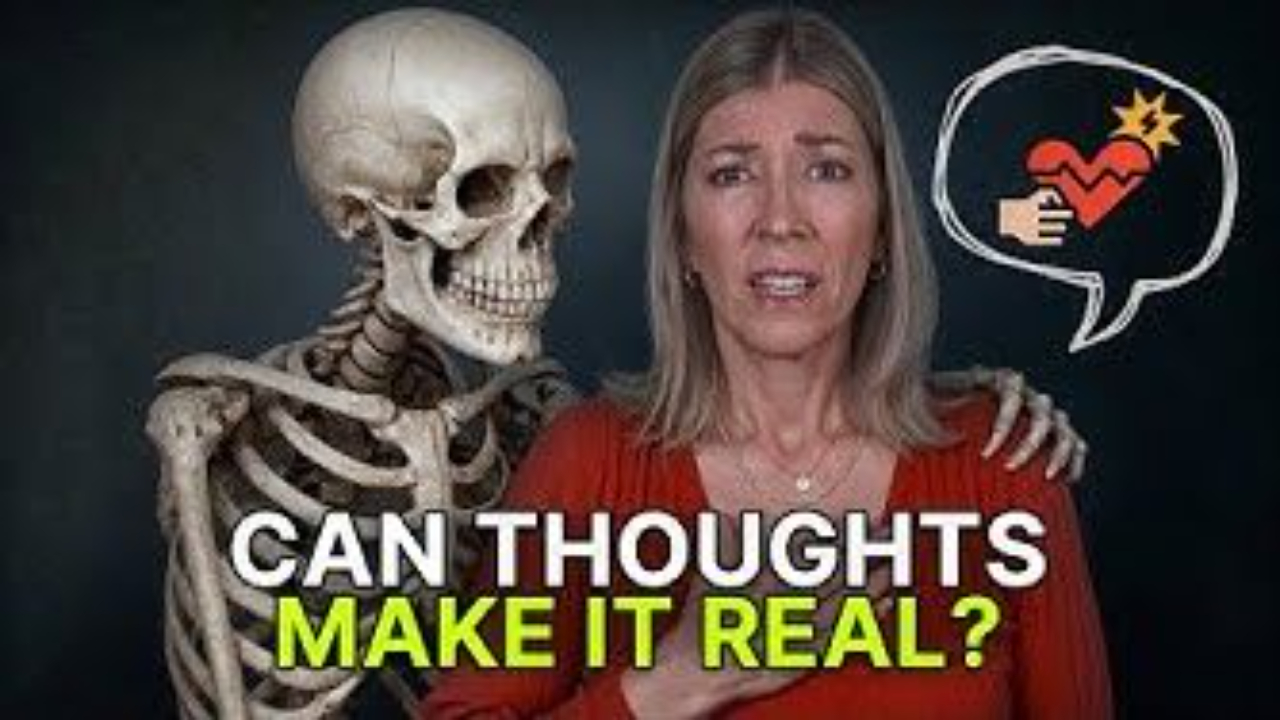
Understanding Subtle Mental Compulsions in OCD
Obsessive-Compulsive Disorder (OCD) is a complex mental health condition that manifests in various ways. While many people associate OCD with visible compulsive behaviors like hand washing or checking locks repeatedly, it's essential to understand that not all compulsions are outwardly visible. In this blog post, we will explore the often-overlooked aspect of OCD known as "pure O," where individuals primarily experience obsessive thoughts and engage in mental compulsions. We'll delve into the nature of these compulsions, their impact, and how to address them effectively.
Unveiling the "Pure O" Aspect of OCD
People with "pure O" OCD may feel confused about their diagnosis because they believe they only have obsessive thoughts and do not engage in overt behaviors. However, it's crucial to recognize that compulsions do exist, but they are subtle and mostly internal. These mental compulsions can be challenging to identify and even harder for therapists to detect because they occur within one's mind.
The OCD Cycle: A Brief Overview
To understand "pure O" OCD better, let's first grasp the general OCD cycle. It typically begins with an intrusive obsessive thought, often taking the form of a distressing "what-if" scenario. This thought triggers anxiety, which is a natural response. However, individuals with OCD engage in subtle mental behaviors in an attempt to alleviate their anxiety and discomfort, thereby reinforcing the obsessive thought. Breaking this cycle requires recognizing and interrupting these compulsive mental actions.
Identifying Subtle Mental Compulsions
To effectively manage "pure O" OCD, it's crucial to identify the subtle mental compulsions that reinforce obsessive thoughts. Some common mental compulsions include:
-
Analyzing the Thought: Individuals may dissect the obsessive thought, attempting to prove it false or true, or simply trying to figure it out.
-
Praying or Saying Mantras: Some individuals say prayers or repeat specific phrases to reduce anxiety after an obsessive thought.
-
Repeating Words or Numbers: Repetition of words or counting in one's head is another form of ritualizing compulsive behavior.
-
Scanning Thoughts, Mood, and Body: Constantly monitoring one's thoughts, emotions, and physical sensations in response to obsessive thoughts.
-
Seeking Reassurance: This involves asking others for reassurance or turning to Google to seek validation, which only strengthens the compulsive behavior.
-
Neutralizing Negative Thoughts: Trying to counteract negative thoughts with positive affirmations or statements.
-
Wishing Thoughts Away: Expressing a desire for the obsessive thoughts to disappear is also a compulsive behavior that reinforces them.

Are you struggling with OCD or Pure O? Do obsessive thoughts, rituals, and compulsions take over your life? Has it been hard to find a specialist to help you?
If you want to get your life back from OCD or Pure O,
this course is for you.
Overcoming "Pure O" OCD
The key to overcoming "pure O" OCD is to identify the compulsive behaviors that follow obsessive thoughts and interrupt the cycle. Here are some strategies to help:
-
Exposure and Response Prevention (ERP): ERP involves not engaging in any compulsive behaviors after experiencing an obsessive thought. Over time, anxiety decreases as the brain learns that the fear associated with the thought is unfounded.
-
Imaginal Exposure: Utilize imaginal scripts to confront and gradually desensitize yourself to your fears.
-
The "I Am" Technique: Acknowledge the intrusive thought without trying to push it away or replace it. Instead, mindfully connect with the present moment and continue with your activities.
"Pure O" OCD, characterized by obsessive thoughts and subtle mental compulsions, can be challenging to manage. However, by recognizing these compulsions and implementing techniques like ERP, imaginal exposure, and mindfulness, individuals can break the cycle of obsessive thoughts and regain control over their lives. It's crucial to seek professional guidance from a therapist experienced in treating OCD to develop a personalized treatment plan tailored to your needs. Remember, you are not alone in this journey, and effective treatment is available to help you overcome "pure O" OCD and lead a fulfilling life. By understanding these subtle rituals and working towards eliminating them through ERP, individuals with OCD can regain control over their thoughts and live more fulfilling lives. Breaking free from these mental compulsions is an essential step towards managing OCD effectively.
Let's Keep in Touch
Subscribe to My Newsletter
We hate SPAM. We will never sell your information, for any reason.







